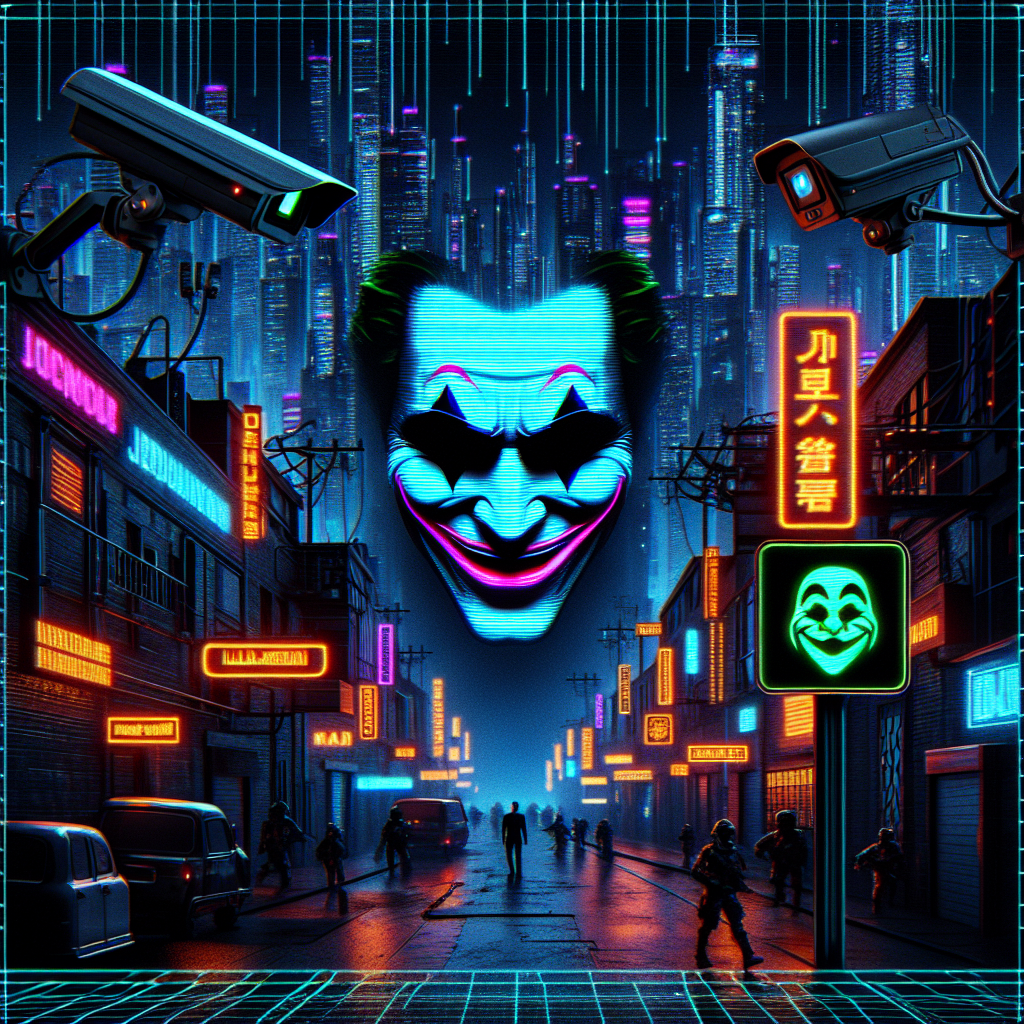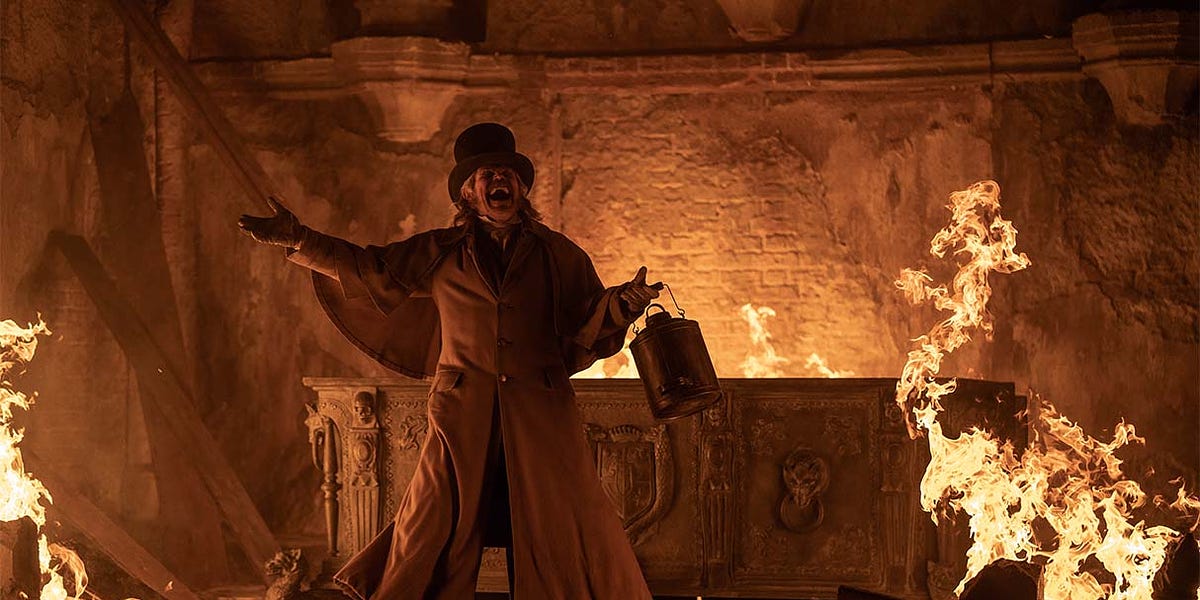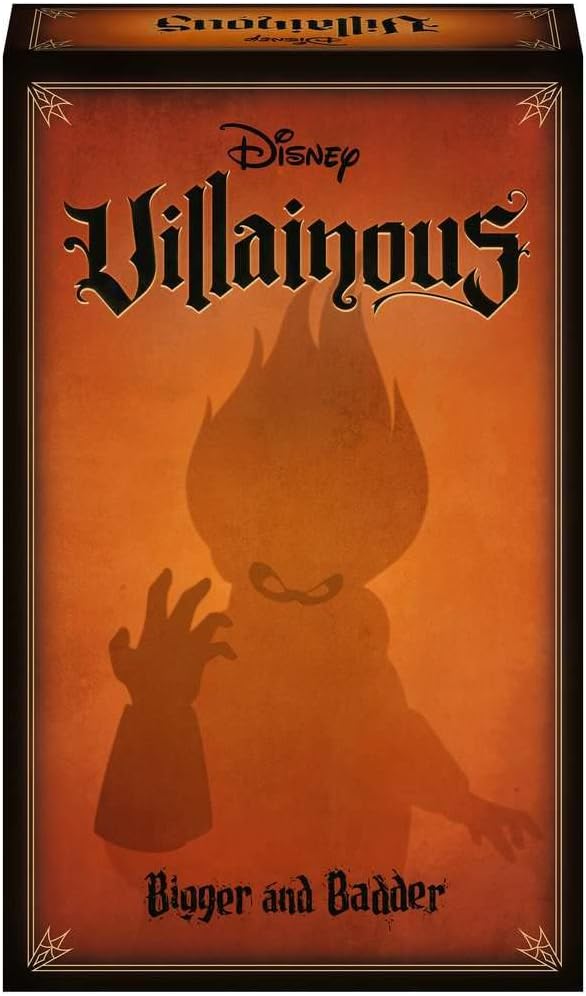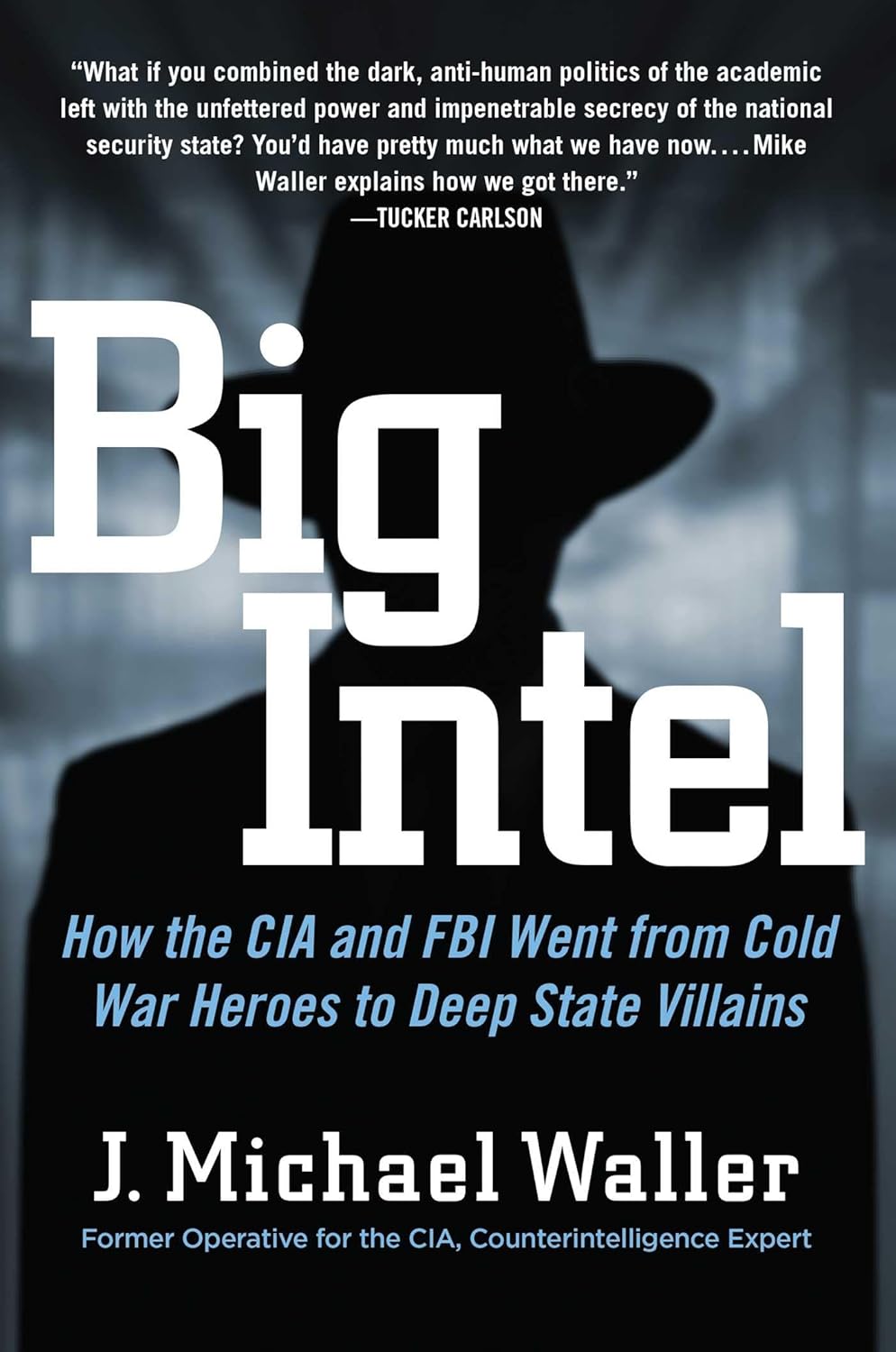Before the advent of electricity, Christmas trees were lit with candles. It’s a tradition that seems insanely dangerous, until you realize that back then the options were firelight or no light at all—and oh god, can you imagine? You couldn’t bear it. Not in late December; not when the nights were so long, and so dark, and so cold.
And not when you never knew who—or what—might be just outside, ready to tap a gnarled finger at the window. Whispering through cracked lips, in a cracked voice; calling out your name.
I’m freezing.
I’m starving.
I want to come inside.
Robert Eggers’s much-anticipated horror film Nosferatu is set before the advent of electricity; it arrived in theaters on December 25, though the only nod to festivity is one of those chancy candlelit Christmas trees, glimpsed in the background of a drawing room scene. This is a film that leans into darkness.
It is a remake of a horror masterpiece—the classic 1922 silent film, Nosferatu: A Symphony of Horror, which was, in turn, an unauthorized adaptation of Bram Stoker’s Dracula. For some, the prospect of a remake raised uncomfortable questions about just what might happen to the story in a contemporary director’s hands—particularly given Hollywood’s recent penchant for assigning tragic, humanizing backstories to all its iconic villains. Last month, audiences flocked to theaters to see the Wicked Witch of the West recast as a heroic victim of abusive parenting, racism, and corrupt law enforcement: in other words, not wicked at all.
Was the horrifying namesake of Nosferatu about to get the same treatment? Would we learn that this bloodsucking monster was something else entirely—a sad little boy with weird teeth, low blood iron, and a sunlight allergy, doomed to a life of loneliness by a healthcare plan that refused to cover orthodontics?
Both Nosferatus (Nosferati?) follow the same basic plot: A naive young man is lured to a remote castle in the Carpathian Mountains to execute a real estate deal with an eccentric count named Orlok. What he discovers, too late, is that the count is actually a vampire—and that his chief aim is not the acquisition of an urban pied-à-terre, but rather to seduce his visitor’s lovely young wife and drain her blood.
A complicating factor: The wife, Ellen, doesn’t seem entirely opposed to this idea, which speaks to the real social anxieties written between the lines of the supernatural horror story: a good old-fashioned moral panic about men made rabid and inhuman by lust, and the women who find this irresistible. These monsters can’t come inside, can’t touch you, without an invitation—which is to say, without consent. What makes a vampire truly terrifying is how he makes his victim complicit in her own demise. Somewhere, deep down, she wants to be bitten.
Contemporary vampire stories often try to sidestep the more victim-blamey aspects of vampire lore by making the creatures themselves into straightforward sex symbols. (See: Twilight’s Edward Cullen.) These self-loathing, stoic vampires have human hearts and tortured backstories; they are, in their own way, victims too. And if nobody quite believed that the new Nosferatu would try to make its vampire sexy, it did seem possible in the lead-up to the release that Orlok might be a sympathetic figure—or at least a pathetic one, driven less by bloodlust than loneliness. The speculation was only further fueled by promotional materials that kept everything about the film’s antagonist (played by Bill Skarsgård) shrouded in mystery, including his physical appearance; posters and trailers showed him only in silhouette, the contours of his face obscured.
As it turns out, we needn’t have worried. Orlok keeps to the shadows throughout the film, and you’re glad he does. What little light touches him reveals something hulking, balding, visibly decaying; a scene in which he rises from his coffin fully nude is not only the furthest thing from titillating, but the stuff nightmares are made of. Yet what makes Orlok most terrifying is also what makes him stand out after years of Hollywood telling us that monsters are people too. This vampire doesn’t regret what he is, and he doesn’t want to be loved. He wants to possess, to punish, to destroy, in a way that is at once brutally cruel and utterly impersonal.
The credit for this goes to Eggers, the rare filmmaker who still has the courage to tell stories about evil without the mitigating influence of reason. The antagonists in his films don’t betray their secret humanity by saving a cat, or softening in the presence of a child; if anything, it’s the opposite. There’s a moment in Eggers’s inaugural effort, The Witch (2015), where the titular antagonist kidnaps a baby and is then seen standing naked over a huge mortar and pestle, grinding away. You only see what’s inside for a fraction of a second, but it doesn’t matter. You know exactly what it is—what it was—and the horror isn’t just in the act of violence itself, but the senselessness of it. The villain that would do this to a helpless infant cannot be outmatched, cannot be outsmarted, cannot be reasoned or pleaded with. Appealing to this villain’s humanity by showing your own is a hopeless endeavor; it will simply lick the tears from your face and pronounce them delicious, right before ripping your throat out.
That Orlok is such a predator is what makes Nosferatu so unsettling, particularly in a world that encourages, even valorizes, vulnerability as a form of personal strength. In the very first scene, we see Ellen as a lonely, terrified teenage girl weeping in the dark—and in the moments before the camera pulls back to reveal her nineteenth-century clothing and nineteenth-century bedroom, you could imagine you were watching one of those confessional videos popular on TikTok, featuring a young woman crying in extreme close-up. On social media, fragility is a currency; the young women who make these videos are congratulated for their courage, their openness, their willingness to be so real. In Ellen’s case, though, revealing her vulnerability is the worst mistake she’ll ever make. She is so lonely, so scared, so desperate for comfort, and so she cries out—without stopping to consider what might be out there, just waiting to be invited in.
Orlok is a monster; he will seek to possess Ellen, and destroy everything and everyone she loves. But he can only do this because first, in her foolishness, she opened the door and let him in. When Ellen realizes this, her first reaction is rage and disbelief at the unfairness of it all. She was a child; she was scared; she didn’t know what would happen. Why should the world inflict such brutal consequences on her for making a plea whose implications she didn’t even understand?
The answer is an unfortunate truth: that this is a hard world for soft little things; that it will punish you because it can; and that, sometimes, failing to guard yourself against harm is as good as asking for it. We like to think that vulnerability can be charming, even disarming. But sometimes, it just makes you easy prey.
That Ellen is punished for her naivete cuts against the romantic pretense that animates so many of the stories we tell at this time of year, even the scary ones. Watching Nosferatu, I found myself thinking of another Victorian-era scary story set at Christmas, the one about a bitter old man who lives in miserly isolation. Ebenezer Scrooge, too, is terrorized in the night by unearthly beings; he, too, cries out in the dark for mercy. But in A Christmas Carol, the admission of vulnerability is the first step to salvation. Scrooge repents, he weeps, he admits his loneliness and regret—and in doing so, he is reborn. An open heart is the path to redemption.
It’s a nice story. Uplifting. Certainly, goodness exists in this world, and sometimes, surely, it triumphs. But Nosferatu reminds us of the existence of a second, bleaker truth: that wickedness exists, too. Not the Wicked kind, where “wicked” is just code for “tragic” and “misunderstood,” but the kind that delights in chaos and in cruelty, that defies logic and explanation. The kind we swaddle in narratives of our own creation because we can’t bear to look it in its hideous face.
If you’re lucky, this is a thing you can go your whole life without ever really knowing. If you’re lucky, your only brushes with evil occur at a safe remove: in a book, on the news, in the movie theater where you’ve gone with the explicit purpose of being scared for fun. And if that’s the case, you may never have reason to regret your open heart, your open mind, your willingness to be vulnerable. But when it’s cold and dark and you’re all alone, and someone, something, is whispering gently at the window, you still know what the wise choice is: Light your candles, lock the door, and wait for the sun to rise.
I believe it’s time to make villains evil again. Villains should be unapologetically bad, the kind of characters you love to hate. They should be ruthless, cunning, and completely devoid of empathy. They should revel in their evil deeds, not justify them with tragic pasts or misguided intentions.
When villains are truly evil, it makes the heroes’ triumphs all the more satisfying. It creates a clear line between good and evil, and allows for a more cathartic resolution when justice is served.
So let’s bring back the classic villains, the ones who are evil just for the sake of being evil. Let’s embrace their wickedness and revel in their villainy. Because sometimes, it’s just more fun to root against a truly despicable bad guy.
Tags:







